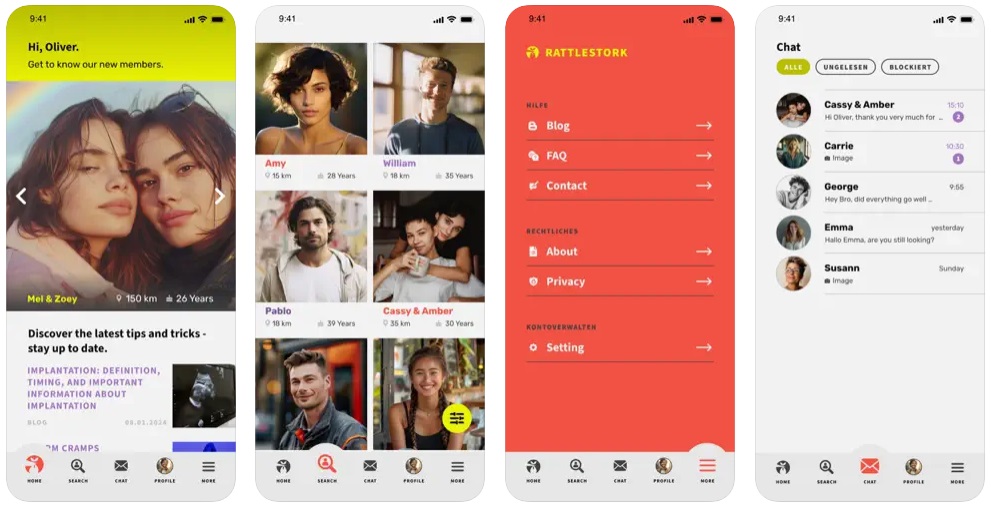Sperm donation is lawful in the UK but tightly regulated. This guide explains what’s permitted and what isn’t, how treatment at an HFEA-licensed clinic differs from private or home arrangements, who is treated as a legal parent, what information donor-conceived people can access and when, and the key legal/medical risk points to plan for. We link directly to the Human Fertilisation & Embryology Authority (HFEA), the NHS and UK law for primary guidance.
Core legal framework (UK)
Treatment using donor sperm must take place at an HFEA-licensed clinic under the Human Fertilisation and Embryology Act. Donor anonymity ended on 1 April 2005; donor-conceived people can request identifying details at 18 (HFEA: information release rules).
- Clinic licensing & safety: Only licensed clinics may provide treatment with donor sperm; clinics must follow the HFEA Code of Practice and safety rules (HFEA: legal implications).
- Family limit: A donor’s sperm can be used for up to 10 families in the UK (no cap on children per family). Clinics monitor and enforce this (HFEA: donating your sperm).
- Compensation (not payment): Donors may receive up to £45 per clinic visit for expenses (rate increased 1 Oct 2024) (HFEA update).
- Storage limits: With continuing consent, eggs, sperm and embryos can be stored for up to 55 years with consent renewed every 10 years (HFEA: consent & storage).
Clinic donation vs private/home insemination
HFEA-licensed clinic
- Legal parenthood: The donor is not a legal parent. With the correct clinic consents, your partner (if you have one) can be recognised as the second legal parent (HFEA: becoming the legal parents).
- Screening & traceability: Mandatory infectious-disease screening, quarantine and full records; details go on the HFEA Register (HFEA: donors).
- Information rights: Non-identifying information can be accessed earlier; identifying details at 18 (HFEA).
- 10-family cap enforced: Clinics must monitor usage (HFEA).
Private/home insemination
- Legal risk: Outside a licensed clinic, a donor can be treated as the legal father in many scenarios, with child-maintenance exposure and potential parental-rights disputes (Gov.uk; HFEA: home insemination).
- Medical risk: No mandated screening/quarantine or audit trail; safeguarding concerns.
- Cross-border/export issues: The UK 10-family limit applies domestically; exported sperm may be used under different rules overseas, creating large half-sibling networks (see public reporting: coverage).
Who can use donor sperm in the UK?
Heterosexual couples, female same-sex couples and single women can have treatment at UK clinics, subject to clinical suitability and clinic/NHS policy. NHS funding varies by region (ICB policy); many patients part- or self-fund (HFEA overview).
Legal parenthood: typical scenarios
- Clinic treatment – different-sex couple: With correct consents, the non-donor partner is the legal father; the donor is not a legal parent (HFEA guide).
- Clinic treatment – female same-sex couple: If both sign the HFEA parenthood forms at the clinic, both are legal parents at birth (HFEA guide).
- Private known donor: Without licensed-clinic consents, the donor may be the legal father; seek specialist advice before conception (Gov.uk).
Donor-conceived people: information & rights
- Register coverage: The HFEA Register holds details of treatments at UK clinics since August 1991 (HFEA).
- Conceived 1991–2005: Right to non-identifying donor information; identity not disclosed (HFEA release rules).
- Conceived on/after 1 April 2005: At 18, right to identifying donor details; earlier access to non-identifying data (HFEA).
Medical standards & a typical clinic pathway
Licensed clinics follow HFEA-mandated standards for screening (e.g., HIV, hepatitis B/C, syphilis and other STIs), semen analysis, freezing/quarantine and consent/documentation. Donated sperm is recorded on the HFEA Register (HFEA: donors; HFEA: consent).
- Consultation & consent (legal counselling and HFEA consents)
- Donor selection via clinic/UK sperm bank with verified screening and records
- Preparation (cycle monitoring; medication if required)
- Treatment (IUI or IVF/ICSI as clinically appropriate)
- Follow-up (pregnancy testing; records maintained on the HFEA Register)
Money, compensation & practicalities
- NHS funding: Eligibility differs by Integrated Care Board and personal circumstances; check local policy.
- Donor compensation: Up to £45 per clinic visit (expenses) for sperm donors, per HFEA rules (HFEA).
- Storage planning: With consent renewals every 10 years, storage can run up to 55 years (HFEA: new law).
Common UK pitfalls – what to watch
- Home/private insemination: Can unexpectedly make the donor the legal father, with child-maintenance exposure and parental-rights disputes (Gov.uk; HFEA).
- Consent paperwork errors: Wrong or incomplete clinic forms can jeopardise intended legal parenthood; ensure the correct HFEA forms are signed (HFEA).
- Cross-border/export use: The UK 10-family cap doesn’t control use overseas; exports can create large half-sibling networks (see public reporting: coverage).
- Long-term storage: Missing consent renewals can derail future plans; diarise the 10-year checkpoints (HFEA: consent).
Private donation with RattleStork – make it safer
RattleStork helps you organise private matching and logistics without replacing medical or legal advice. Use it to coordinate identities and expectations, but always bring an HFEA-licensed clinic into the process for:
- Parenthood & consent: In-clinic consents secure the intended legal parenthood.
- Screening & records: Health checks, quarantine and an auditable paper trail.
- Register entry: Protects information rights for donor-conceived people.

Conclusion
The UK offers a clear pathway for donor conception when you use an HFEA-licensed clinic: the donor is not a legal parent, information rights are protected, and safety standards reduce health risks. Private or home insemination remains possible but carries significant legal and medical risks. If you want flexibility in how you connect and plan, combine a modern platform like RattleStork with clinic-led consents and safeguards — that’s how you protect everyone’s rights, health and expectations over the long term.

